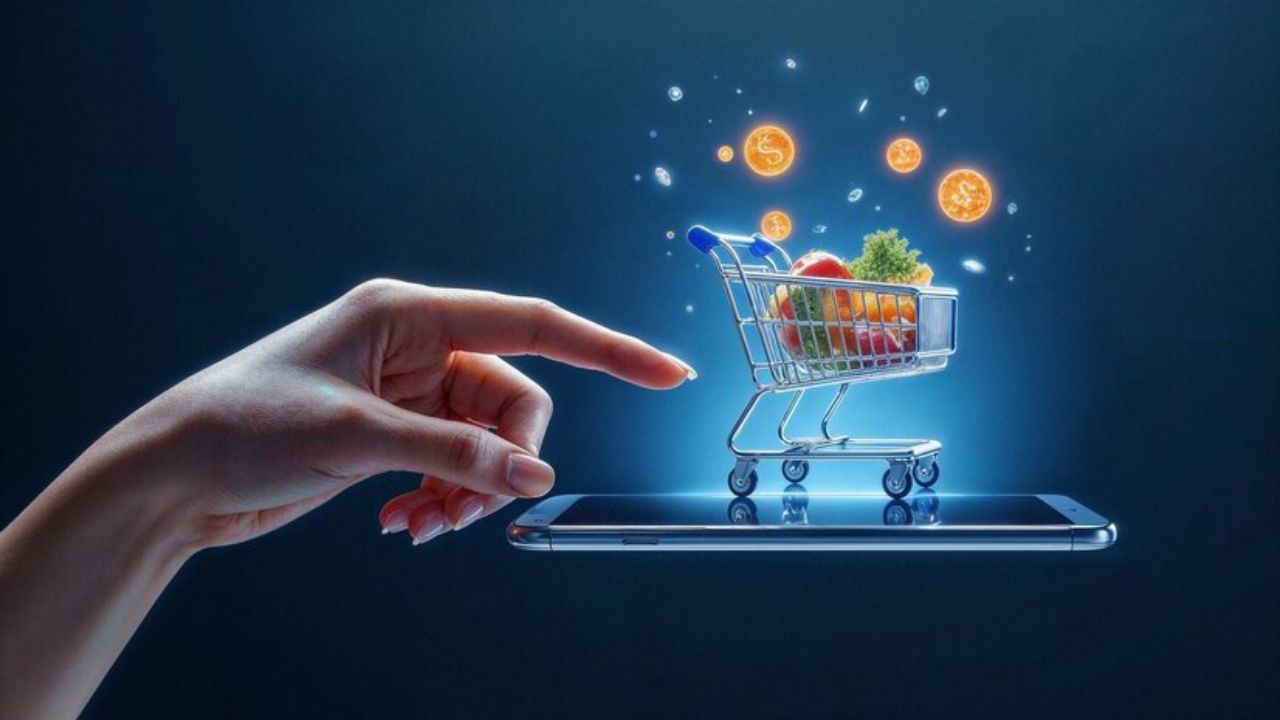Unlock the Secrets to a Successful Web&store Strategy
In the fast-paced digital age, the synergy between a web presence and a physical store has become a crucial element of business success. The days of relying solely on brick-and-mortar stores or online shops are behind us. Today, an integrated web&store approach is a golden ticket to connecting with broader audiences, streamlining operations, and boosting profits. But how do you seamlessly marry these two essential aspects of retail?
This article dives deep into the tools, tips, and strategies for creating a cohesive web & store experience. Whether you’re a seasoned entrepreneur or just starting your journey, this guide provides actionable insights to help you succeed in the competitive market.
Why a Web & Store Presence is Essential in Modern Business
Consumers no longer shop in just one way. A well-optimized web presence complements your physical store, allowing customers to interact with your brand through multiple touchpoints. This approach enhances convenience, increases trust, and boosts engagement. For example, an integrated strategy lets a customer research products online, purchase in-store, or vice versa.
Moreover, a web presence opens the door to global markets, while a physical store builds localized brand trust. This dual-channel strategy creates a perfect blend for capturing more customers while offering flexibility in how and where they shop.
Understanding the Core Components of a Web & Store Strategy
1. User-Friendly Website Design
Your website is your virtual storefront. It should be inviting, easy to navigate, and designed with your target audience in mind. Make sure to:
- Optimize for mobile responsiveness.
- Use clean layouts and intuitive menus.
- Highlight essential information like store hours, location, and product categories.
A well-designed website acts as a 24/7 ambassador for your business, making it easy for customers to explore your offerings anytime, anywhere.
2. Omnichannel Integration
An effective web & store strategy relies on omnichannel integration. Ensure customers have a seamless experience across all platforms by syncing inventory, customer data, and promotions. For example:
- Allow customers to check product availability online before visiting your store.
- Offer “buy online, pick up in-store” (BOPIS) options.
- Sync promotions across your website and physical store.
When customers see the same offers and receive consistent service, loyalty increases.
3. Inventory Management Systems
Accurate inventory tracking ensures customers can trust the availability of products both online and offline. Use systems that update stock levels in real time, reducing the chances of overselling or disappointing shoppers.
How to Build a Winning Web Presence
Compelling Product Descriptions
Your online store should replicate the in-person experience by offering detailed and engaging product descriptions. Highlight benefits, unique features, and even customer testimonials to build trust.
High-Quality Visuals
Invest in professional photography and video. Showing multiple angles, zoom features, and even 360-degree views creates a more immersive experience for online shoppers.
Search Engine Optimization (SEO)
SEO helps drive organic traffic to your site. Use relevant keywords like “web & store,” “online shopping tips,” and “store strategies.” Also, focus on improving load times, optimizing images, and creating informative blog posts to rank higher in search results.
Customer Support Features
From live chat to an FAQ section, your website should prioritize customer assistance. Fast, reliable support builds a reputation for professionalism and customer care.
Enhancing the In-Store Experience
Personalized Customer Service
Bring the warmth of a human connection into your store. Train your team to deliver excellent service, focusing on personalized recommendations and attentive care.
In-Store Tech Integration
Consider implementing technologies like self-checkout kiosks, digital price tags, and QR codes that link to product details online. These features add convenience and innovation to the shopping experience.
Events and Community Engagement
Your physical store can serve as a hub for your community. Hosting events, workshops, or exclusive product launches encourages foot traffic and builds stronger relationships with your customers.
Blending the Online and Offline Experience
Loyalty Programs
Integrate your loyalty programs between your website and physical store. Allow customers to earn and redeem points regardless of how they shop, making the program more versatile and appealing.
Social Media Integration
Promote your physical store and website on social media platforms like Instagram, Facebook, and Pinterest. Post engaging content, such as behind-the-scenes looks, product highlights, and user-generated content, to drive traffic to both your web and store platforms.
Curbside and In-Store Pickup Options
Many consumers value the convenience of shopping online but prefer to pick up items at a nearby store. By offering curbside or in-store pickup, you provide a flexible shopping experience that saves time.
Web & Store: Real-World Success Stories
Consider companies like Target or Apple. Both have mastered the web & store approach by offering exceptional online platforms while maintaining standout in-store experiences. Customers can browse inventory, reserve products online, and pick them up conveniently in-store, creating an efficient and satisfying process.
Even small businesses have found success with this strategy. Local boutiques that introduce user-friendly websites have seen increased customer retention and expanded reach. The lesson here is clear: integrating online and offline channels can drive business growth no matter the size of your operation.
The Role of Analytics in Web & Store Success
Data analytics is a cornerstone of a successful web & store strategy. By analyzing customer behavior, website traffic, and in-store purchases, you can identify trends and make informed decisions. Use tools like Google Analytics for your website and POS systems for your store to gather actionable insights.
For example, if analytics show a particular product is popular online but not selling well in-store, you can adjust your display strategies or pricing.
Challenges in Managing Web & Store Models
While the advantages are clear, there are challenges to integrating web and store systems. These include:
- Synchronizing inventory in real time.
- Managing the costs of technology upgrades.
- Handling logistics for shipping and in-store pickups.
Address these obstacles with strategic planning and by investing in tools that simplify processes, such as cloud-based inventory systems.
Conclusion
A thriving web & store business isn’t just a trend—it’s the future of retail. By seamlessly integrating your online and offline presence, you’ll create an ecosystem that fosters convenience, customer loyalty, and increased sales. The key is to focus on consistent branding, superior customer experiences, and data-driven decisions. Whether you’re a small business or an established brand, the strategies outlined here will guide you toward sustainable success.
FAQs
How do I make my web & store presence cohesive?
Focus on omnichannel integration. Ensure your branding, promotions, and inventory sync across platforms for a seamless experience.
What are the benefits of combining web and store strategies?
This approach broadens your audience, enhances convenience, and boosts both online and offline sales.
How can I promote my physical store online?
Leverage social media, Google My Business, and your website to share updates, promotions, and events happening in your store.
What technology is essential for a web & store business?
Invest in POS systems, inventory management software, and analytics tools to streamline operations.
Can small businesses afford to implement web & store strategies?
Yes, starting with simple integrations like online order pickups and basic website designs can make a significant impact.
What’s the future of web & store commerce?
The future lies in deeper personalization, advanced analytics, and AI-powered customer experiences that unify online and offline shopping.







